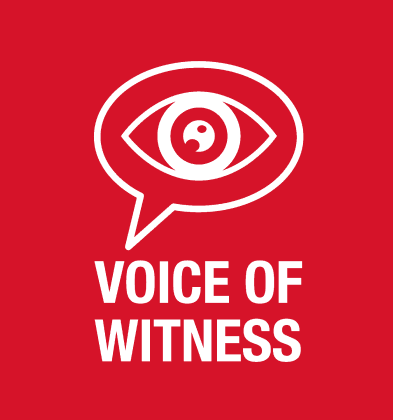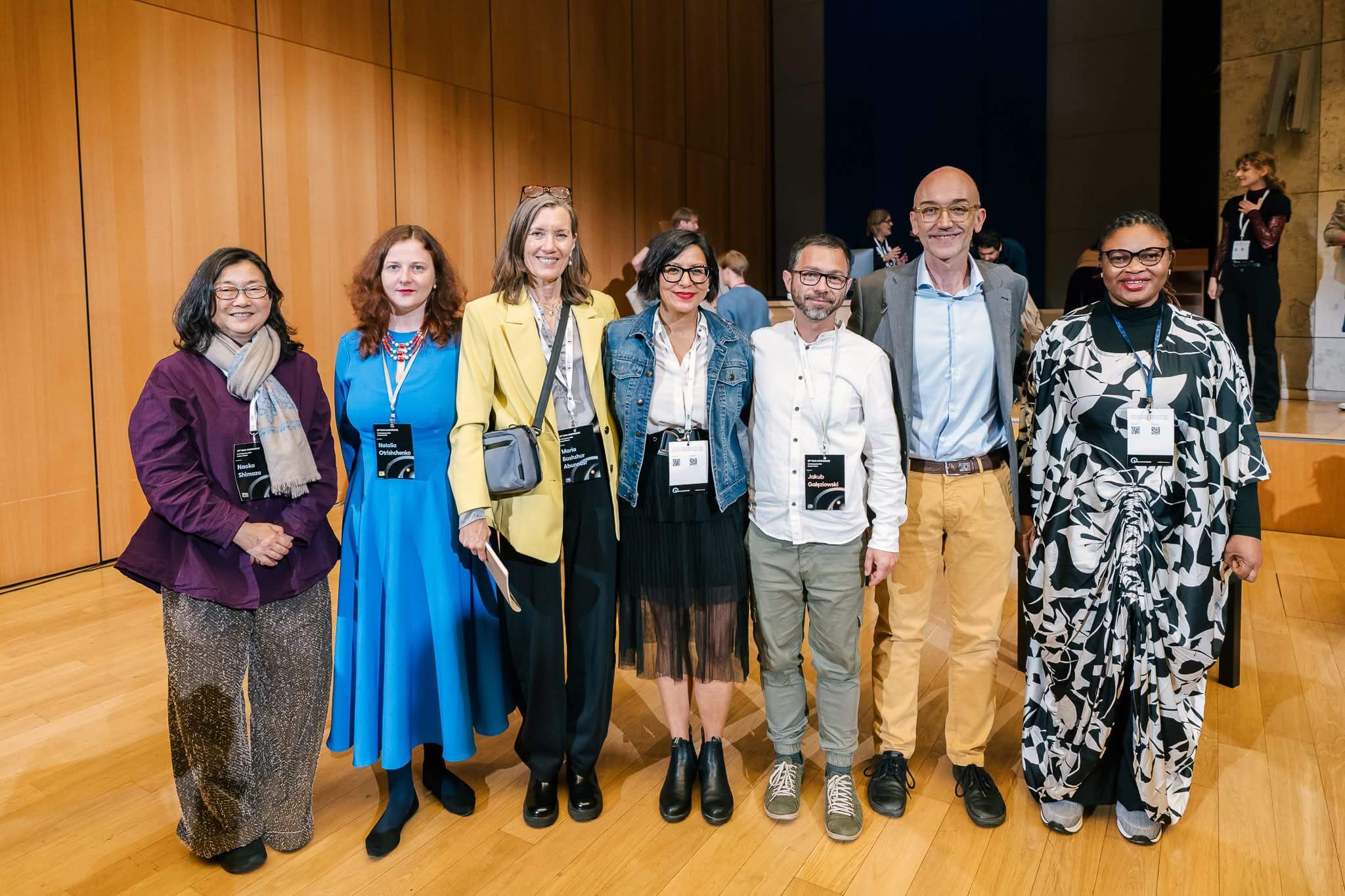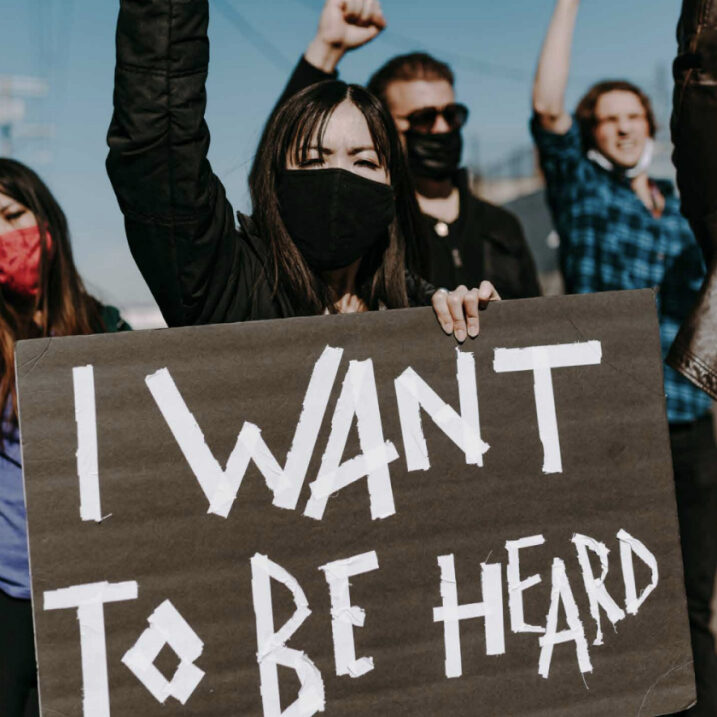by Alisa Del Tufo
Alisa Del Tufo is the founder of Threshhold Collaborative and an Ashoka Fellow. She works at the nexus of practice and policy with the goal of ending violence in the lives of women and girls and addressing other deep social challenges. She has authored two books on domestic violence and child abuse, taught at several colleges, and consulted with individuals and organizations using community engagement strategies.
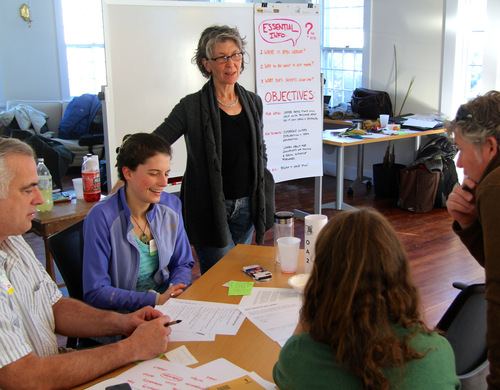
Can we teach empathy? I have been exploring this question for most of my life. In 1991, I conducted an oral history project with 45 women who had been abused by their partners. The experience convinced me that empathy is born in that space where people truly share and listen to each other. As an educator, I wondered: How do we enable people to listen deeply? And how can we moderate those experiences so that they nurture empathy?
Questions about our empathetic capacities have interested humans for centuries. Today, we understand that human beings are actually wired for empathy, with vast networks of neuro-transmitters and mirror neurons supporting positive connections. However, our capacity for empathy is as much the result of our experience and practice as it is of our genetic makeup. Educators can enable this experience and practice. Some key elements in my own teachings include:
- Safe Space: The environment supports my ability to be present, to listen deeply and to feel heard. I know that I have the power to share, keep private, or take back any part of my story.
- Deep Listening: I feel truly heard and not judged. I know that the act of sharing my story itself takes precedence over the final product.
- Reciprocity: Rather than one person holding all the power, the experience of storytelling is mutual; everyone has skin in the game.
- Continuity: I recognize the larger purpose for which my story is shared and that my story “belongs” to something bigger than myself.
- Action: An action highlights my connections with others in a shared world that needs our energy to make it a better place.
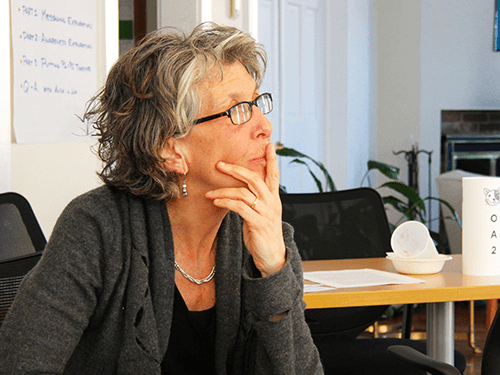
We learn empathy when we experience connectedness and surface shared values. To that end, I started an organization, Threshold Collaborative, which designs learning opportunities and experiences to promote empathy. We piloted a project called A Picture is Worth in a high school in Reading, Pennsylvania. Although the students were initially resistant and nervous, they explored powerful life experiences that they had never shared, either because of shame or the belief that no one would be interested. What they once felt ashamed of became a source of solidarity and energy for action. Of course, a single class or even a personal experience might not increase someone’s “empathy quotient.” But I am convinced that, if we want to teach empathy, we need to first find and create opportunities that allow people to feel and share it. Oral history and story sharing offer meaningful ways to do just that.
